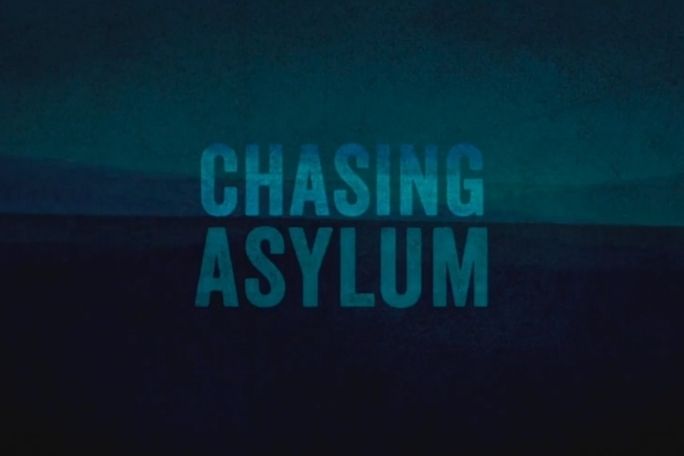Lesson summary
Students reflect on what they have learnt from the Voices of Chasing Asylum lessons. Students understand the ways they can use language and communication for change and use these skills to develop projects that work towards changing attitudes and perceptions, or influence people to take action with respect to migration, refugee and asylum-seeking experiences and contributions. Students identify the actions they can take to promote greater understanding and compassion in the classroom, around the school and with the community.
Learning intentions:
Students will...
- recognise the range of issues relevant to those seeking asylum, particularly in Australia
- recognise that human rights and social justice are core in issues relating to seeking asylum
- understand that there are many different ways to take action around this issue
- identify ways to take action around this issue at their school or in their community
- understand the processes and steps required for planning and executing a social action project.
Lesson guides and printables
Lesson details
Curriculum mapping
This lesson concludes the Voices of Chasing Asylum – Year 11 English unit. It provides students with the opportunity to apply their knowledge to create a social action project or awareness raising campaign around an issue they connected with through the unit. As a result, this lesson can be integrated into a number of subject areas, as the focus is on developing the General Capabilities of the Australian Curriculum and 21st century skills.
General capabilities: Literacy, Critical and Creative Thinking, Personal and Social Capability, Ethical Understanding, ICT Capability.
Cross-curriculum priority:
Unit of work: Voices of Chasing Asylum – access the unit overview here.
Time needed: This lesson could take between three and six sessions. Time should be determined prior to commencing the lesson so that students have a clear expectation of the deadline in which to complete their project.
Level of teacher scaffolding: Medium – oversee project planning and project execution.
Skills
This lesson is designed to build students’ competencies in the following skills:
- Creativity
- Critical thinking
- Collaboration
- Social Skills
- Digital literacy
- Enterprise
- Ethical behaviour
- Community engagement
- Problem solving
- Leadership
Additional info
Chasing Asylum exposes the real impact of Australia’s offshore detention policies through the personal accounts of people seeking asylum and whistleblowers who tried to work within the system. To watch the documentary, stream it on Kanopy and Clickview or purchase the DVD at the ATOM Education Shop.


Welcome back!
Don't have an account yet?
Log in with:
By signing up to Cool.org you consent and agree to Cool's privacy policy to
store, manage and process your personal information. To read more, please see
our privacy policy here(Opens in new tab).
Create your free Cool.org account.
Many of our resources are free, with an option to upgrade to Cool+ for premium content.
Already have an account?
Sign up with:
By signing up to Cool.org you consent and agree to Cool's privacy policy to
store, manage and process your personal information. To read more, please see
our privacy policy here(Opens in new tab).